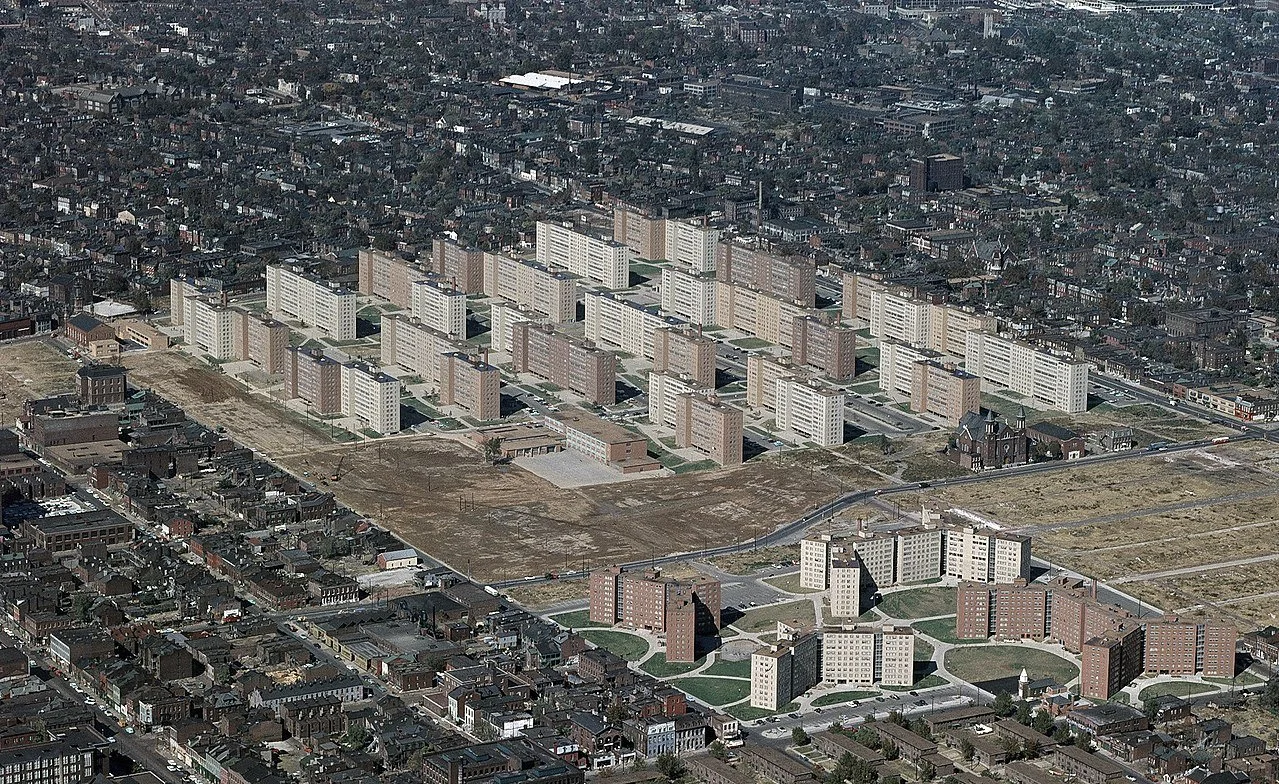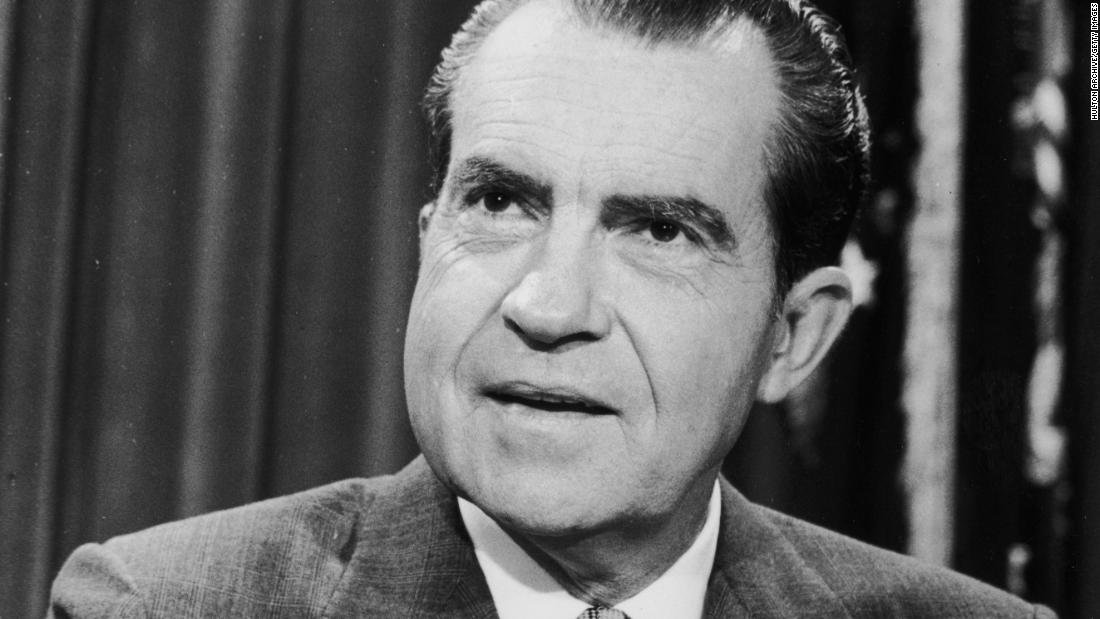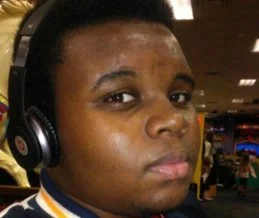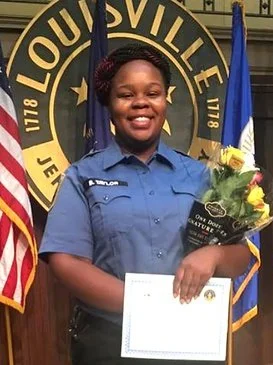History
What is this resource and what is its purpose?
The History articles within of The Saint Louis Story provides short summaries - based on scholarship - of key moments in U.S. and St. Louis history that illustrate how ideas around race have influenced the social, political, legal, and cultural development of our nation from its inception. We contend, as do many prominent historians, that belief in Black racial “inferiority” and White racial “supremacy” have shaped our nation as these concepts developed alongside understanding of freedom and democracy.
Each history article is a snapshot. These snapshots are not intended to be comprehensive. Instead, we intend to offer viewers an opportunity to engage with questions and historical insights they may not have previously been exposed to or considered. We provide an overview and build an argument that we hope become the jumping off point for deeper study. Where possible we have referenced and used Black scholars to highlight their important work in the telling of our nation’s history.
Who is our audience?
Students, St. Louis community members, and the general public will find all of the resources on The Saint Louis Story interesting and valuable. In the History section, we have included headings below for students and community members that highlight material geared for or created by these users. At the bottom of each history vignette we also provide additional resources for our diverse audiences.
Students
This header highlights materials geared for middle and high school as well as college students. Community members may also find these resources valuable.
Community Members
This header highlights materials geared for or created by community members. Middle and high school students as well as college students may also find these resources valuable.
1954: Pruitt-Igoe, Bertha Gilkey, and Public Housing Projects
African American activists such as Bertha Gilkey, continued to draw attention to the horrible living conditions of many in Black public housing — an ongoing condition of redlining and racist housing policies that continued to segregate American cities.
1956: Highway Revolts
During Nixon’s term, African Americans were subjugated to more than just racist drug laws. Using the Federal Aid Highway Act of 1956 as support, federal and state governments passed racist zoning and “redevelopment” laws that forced hundreds of thousands of African Americans from their city homes and into other equally marginalized neighborhoods or poorly constructed public housing. This mass displacement was enacted to make room for “beltways” around cities and freeways through urban centers, which were quickly being transformed from “blighted” black neighborhoods to profitable commercial centers, such as sports arenas.
1963: Civil Rights
The ongoing nationwide housing crisis for African Americans and other forms of systemic racism led to significant civil unrest in the 1950’s and beyond.
1964: President Johnson’s “War on Crime”
In 1964, as President Johnson prepared to sign the Voting Rights Act into law, he also signed the Law Enforcement Assistance Act. This Act represented a part of Johnson’s new “war on crime,” which aimed at cleaning up urban violence and stemming the tide of what some saw as a downward trend towards increased societal disintegration.
1967: The Long, Hot Summer
In 1967, growing tensions erupted into what came to be known as “the Long, Hot Summer of 1967.” Race uprisings—167 of them in large and small cities across America—began in Newark, New Jersey in response to housing and employment shortages and in response to the decreasing economic opportunities for African Americans.
1969: Housing Crises
The 1970s were marked by continued social unrest due to the Vietnam War and to inequities African Americans faced in housing, education, employment, and the judicial system. Lacking the “generational wealth” that resulted from the asset accumulation related to home ownership made possible by the GI Bill, most African Americans faced an increasing number of obstacles generated and maintained by a white-centered culture.
1970: Nixon’s War on Drugs
Race uprisings in the late 1960s and ongoing demonstrations against the war in Vietnam left many American voters feeling uncertain and afraid of the future. Richard M. Nixon, the Republican presidential candidate from California, played on these fears by inventing a “war on drugs,” which targeted war demonstrators and African Americans.
1970: “Hiding the Poor”
In addition to freeway construction, corporate-driven “redevelopment” projects, supported by local banks and powerful businesses like Anheuser-Busch and McDonald Aircraft, began work on “a metropolitan research corridor with St. Louis City’s Central Corridor as its epicenter.”
1970: Employment Challenges
While housing remained structurally aligned against African Americans, unemployment also grew.
1980: Criminal Justice Inequity
Until the 2010 Fair Sentencing Act, the sentencing disparity between crack (a concentrated form of cocaine used more by black urban populations) and powdered cocaine (used more by suburban white populations) was 100:1. That is, defendants convicted of possessing five grams of crack might receive a minimum five-year mandatory sentence while defendants convicted of possessing five hundred grams of powdered cocaine might face the same sentence.
1986: Education’s Re-Segregation
While Brown vs. Board of Education had ostensibly desegregated schools, the segregation existing in residential neighborhoods meant that educational institutions would, on the whole, remain disproportionately black or white. As reported by Bonilla-Silva (2018), researchers noted “a trend beginning in 1986 toward a resegregation of U.S. schools. As a consequence of resegregation during the decade of the 1990s, U.S. schools were more segregated in the 2000-2001 school year than in 1970.”
2007: “Wealth Building” & the Great Recession
Ballooning foreclosure rates, the loss of value for “mortgage-backed securities (MBS) and derivatives,” and the decline of “solvency of over-leveraged banks and financial institutions” (AIG, Lehman Brothers, etc.) caused the Great Recession.
2007: The Great Recession: The Loss of Homes & Jobs
Due to its long-segregated neighborhoods and municipalities, St. Louis was seriously affected by the Great Recession, also known as the subprime mortgage crisis, which began in December 2007 and lasted until June 2009.
2008: “Color-Blind” Nation
With the election of the first African American president in 2008, Barack Hussein Obama, many people believed that the United States had moved past its racist history. However, the “birther” argument during Obama’s election campaign and throughout his presidency revealed that racism had not died. Rather, new tools and new approaches emerged to spread its ideas.
2012: Trayvon Martin
In February of 2012, Trayvon Martin, a seventeen-year-old African American teen was shot and killed by a neighborhood watchman, George Zimmerman.
2013: Black Lives Matter
After George Zimmerman shot and killed African American teen Trayvon Martin and was then acquitted for the murder in 2013, the hashtag #BlackLivesMatter began circulating on social media as a way to signal solidarity against the perceived racially motivated acquittal. Protesting discriminatory policing tactics and racist prejudice among law enforcement, the movement spread across the internet and across cities demanding fair treatment and re-evaluation of the criminal justice’s approach to race.
2014: Michael Brown
On August 9, 2014, Officer Darren Wilson shot and killed an unarmed, African American teen named Michael Brown on Canfield Drive in Fergusson, Missouri. The national public reaction to the events, narratives, and legal proceedings revealed both a racially divided perception of policing practices and a systematic legal deference towards police officers and against black persons.
2019: Education as a New Battlefield: The American Story & Critical Race Theory
In response to the protests and this critical self-evaluative moment many companies and institutions declared their solidarity with Black Lives Matter and a general antiracist movement: “Schools began incorporating antiracist curricula, and companies pledged to fight anti-blackness in their organizations.”
2020: Breonna Taylor
On March 13, 2020, Breonna Taylor and her boyfriend Kenneth Walker were sleeping at her apartment in Louisville, Kentucky when police knocked on the door and then forced entry using a battering ram.
2020: George Floyd
On May 25, 2020, police in Minneapolis, Minnesota were called to a local convenience store in response to a “forgery in progress.” Earlier a 46-year-old, African American man named George Floyd had made a purchase using a 20-dollar bill that the clerk suspected as being a possible counterfeit (Bogel-Burroughs and Wright, 2021). The clerk reported the possible counterfeit to his manager, though he also stated on the record that he didn’t think Floyd knew the bill was a fake. The police were called, and when they arrived on the scene, they violently removed George Floyd by force from the vehicle in which he was sitting, handcuffed him, and pinned him down on the street.



















